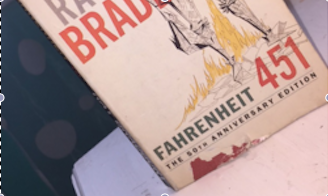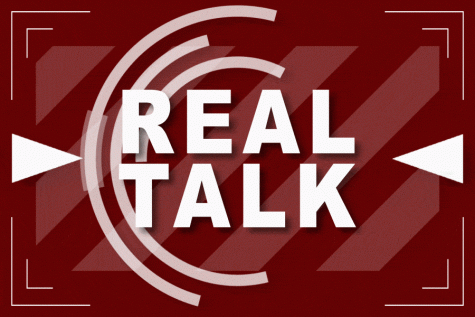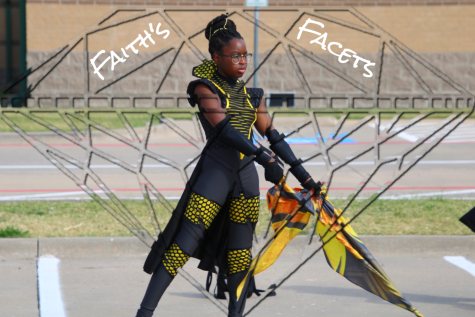Students explore fascism in classic
Guest columnist Emma Crampton reviews the classic, Fahrenheit 451 by Ray Bradbury.

Fahrenheit 451 was published in 1953 and is widely regarded as a classic dystopian novel.
January 4, 2016
A fireman on a book burning crusade is at the heart of Ray Bradbury’s award-winning novel Fahrenheit 451; one of the available books for Pre-AP English 1 students to choose for a book report.
In this novel, Guy Montag is a fireman who burns books. The people in Montag’s world do not read, spend time alone, think independently, or even have actual conversations with meaning. They are instead almost hypnotized by the mesmerising radio in their ear and watching television.
After meeting curious and gentle Clarisse McClellan, Montag begins to develop a different perspective on these forbidden books. He along with a friend (Faber) help each other with reading the books. Montag becomes so determined, he even burns his own boss (who is strictly against reading or breaking rules of any kind) alive.
If students are willing to dig deeper, the meaning behind this book can teach them a lot. Bradbury suggested that television would change the future and society along with it with television replacing books in people’s search for information. A lack of books in this world eliminates independent thought and eradicates the possibilities of people finding flaws within the system.
This book allows students to understand some of the possible negative aspects of living in a communist, socialist, fascist system. In order to understand this novel, it requires students to use their insight to conclude the deeper meaning. If students are willing to use a bit more brain power than their normal weekends and free days consist of, Fahrenheit 451 is a great book for them; even for fun.











